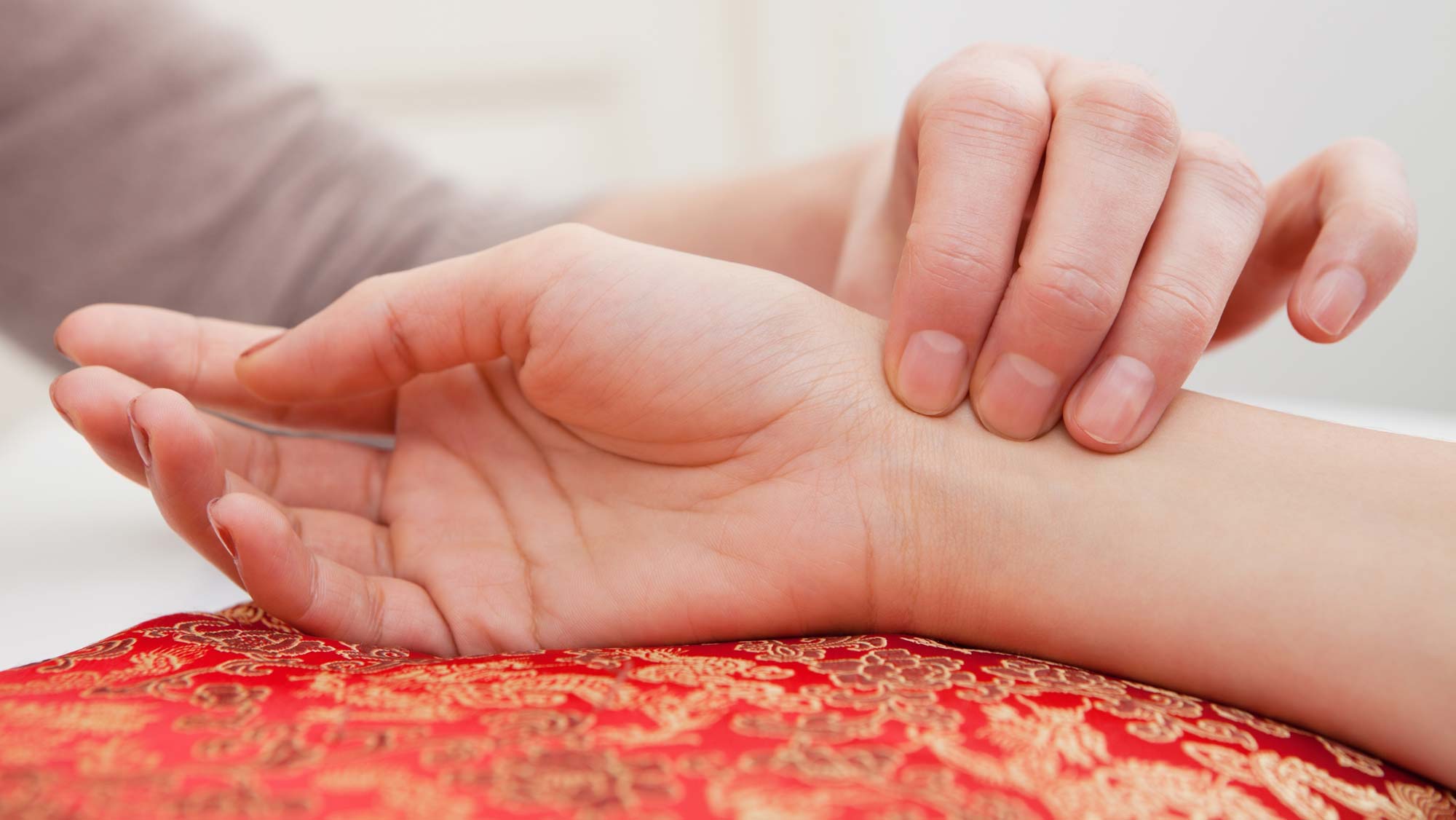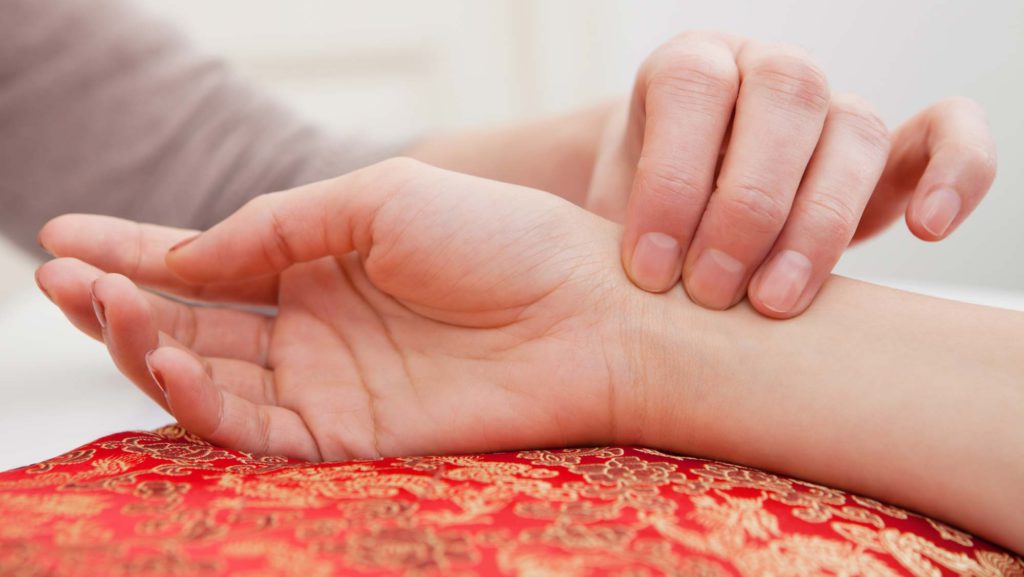Many individuals perceive a health check-up as mere routine procedures such as measuring blood pressure and taking temperature readings. However, Traditional Chinese Medicine (TCM) presents a profoundly different perspective on health assessments. Few people are aware that TCM practitioners can detect health issues by assessing your pulse or inspecting your tongue. Remarkably, they can identify over 28 distinct pulse qualities through their skilled palpation techniques. While this may seem unusual, this ancient practice delves into health beyond superficial symptoms, uncovering underlying patterns often missed by modern diagnostic methods.
Unpacking the Vital Role of TCM Diagnosis Methods for Holistic Health
The diagnostic methods used in Traditional Chinese Medicine (TCM) offer a complex and nuanced approach to understanding health, which stands in stark contrast to conventional Western medical practices. Central to TCM is the identification of patterns of disharmony within the intricate interactions of the body’s systems, viewing health as a dynamic balance of energy and various physiological processes.
 The Holistic Philosophy Supporting TCM Diagnosis
The Holistic Philosophy Supporting TCM Diagnosis
Unlike traditional medical approaches that often compartmentalize symptoms, Healthdirect Australia emphasizes that TCM diagnosis aims to comprehend the entire physical, emotional, and energetic landscape of an individual. Practitioners meticulously examine the intricate interrelations among bodily systems, striving to uncover substantial imbalances rather than merely addressing surface-level signs or symptoms.
Core diagnostic principles central to TCM encompass:
-
Recognizing the interconnectedness of various body systems and how they interact
-
Understanding the flow of energy (Qi) through meridian pathways in the body
-
Evaluating the balance between Yin and Yang energies, essential for optimal health
Exploring the Various Diagnostic Techniques Employed in Traditional Chinese Medicine
Practitioners of TCM utilize a diverse range of intricate diagnostic techniques to develop a comprehensive understanding of health and wellness. These methods include:
Pulse Diagnosis: This advanced technique entails practitioners examining the characteristics of blood vessels at various wrist positions, interpreting subtle variations that may indicate underlying health issues.
Tongue Examination: Practitioners assess the colour, coating, shape, and moisture of the tongue, gaining valuable insights into the functioning of internal organs and the individual’s overall health status.
Visual and Auditory Assessment: Observing a patient’s complexion, body movements, vocal quality, and emotional expressions offers additional layers of diagnostic information crucial for holistic health assessment.
Questioning and Medical History: Detailed interviews investigate a patient’s lifestyle, emotional well-being, dietary habits, and specific symptoms to construct a comprehensive health profile that reflects their unique health journey.
The integrated nature of these diagnostic practices empowers TCM practitioners to create individualized treatment strategies that target the root causes of health imbalances, thereby promoting a holistic approach to wellness that transcends simple symptom management.
Delving into the Philosophical Foundations of TCM Diagnosis
The diagnostic practices within Traditional Chinese Medicine (TCM) are deeply rooted in a rich philosophical framework that conceptualizes human health as a complex, interlinked system of energy and balance. In stark contrast to contemporary Western medical methodologies, TCM presents a holistic perspective that seamlessly integrates physiological, psychological, and energetic dimensions of human existence.
Investigating the Core Principles of TCM Theory
Research conducted by the National Institutes of Health explores the intricate philosophical foundations that guide TCM diagnostic methods. The primary theoretical frameworks that inform practitioners’ understanding of health and disease include:
-
Qi (Life Energy): The essential energetic force circulating throughout the body, crucial for maintaining health
-
Yin and Yang: Complementary forces symbolizing dynamic balance and interaction that are vital for well-being
-
Five Elements Theory: A framework illustrating interconnected natural and physiological processes that affect health
Grasping Energy Flow and Systemic Balance in TCM Philosophy
Within TCM philosophy, health goes beyond the mere absence of disease; it represents a state of harmonious energy circulation. Qi is regarded as the vital life force flowing through meridian pathways, linking various bodily systems and organs. When this energy is obstructed or imbalanced, practitioners believe that both physical and emotional disturbances can emerge.
The concept of Yin and Yang illustrates complementary yet opposing energetic qualities. Yin embodies passive, cooling, and receptive traits, whereas Yang represents active, warming, and expansive energies. Achieving optimal health is possible when these forces exist in dynamic equilibrium.
The Five Elements Theory offers another sophisticated framework that associates natural elements (Wood, Fire, Earth, Metal, Water) with specific organ systems, emotions, and physiological functions. Each element interacts with others to create or control cycles, providing practitioners with a nuanced approach for understanding systemic relationships and potential imbalances.
A comparative table that illustrates key theoretical foundations in Traditional Chinese Medicine clarifies the focus of each concept and its significance within the diagnostic process.
These foundational theories elevate TCM diagnosis from a simplistic symptomatic assessment to a comprehensive exploration of an individual’s energetic landscape, enabling practitioners to develop highly personalized treatment plans that effectively address the root causes of both physiological and emotional disharmony.
Essential Techniques Employed in TCM Diagnosis
Practitioners of Traditional Chinese Medicine (TCM) utilize a sophisticated array of diagnostic techniques that extend well beyond conventional medical assessments. These methods provide a thorough understanding of an individual’s health by examining numerous interconnected bodily signals and energetic patterns.
The Four Core Diagnostic Methods Integral to TCM Practice
The Sydney Institute of Traditional Chinese Medicine highlights four primary diagnostic approaches that form the bedrock of TCM diagnostic practices:
-
Observation (Wang): Visual assessment of physical appearance and overall health
-
Listening and Smelling (Wen): Evaluating vocal qualities and body odours for additional diagnostic insights
-
Questioning (Wen): Comprehensive exploration of patient history and symptoms
-
Palpation (Qie): Assessment through touch, primarily focusing on pulse examination
In-Depth Diagnostic Techniques in TCM
Pulse Diagnosis stands out as one of the most intricate TCM diagnostic methods. Practitioners assess blood vessel characteristics at various wrist positions, interpreting subtle variations that may indicate health conditions. Each pulse location corresponds to specific organ systems, allowing practitioners to map complex energetic imbalances effectively.
Tongue Examination provides another vital diagnostic insight. Practitioners scrutinize the tongue’s colour, coating, shape, and moisture levels, which serve as indicators of internal organ functioning. The tongue’s appearance can reveal crucial information regarding systemic health, including potential inflammation, digestive issues, and overall energy balance.
Visual Assessment involves observing a patient’s complexion, body movements, and emotional expressions. Practitioners look for subtle signs of energy disruptions, such as changes in skin tone, muscle tension, and non-verbal cues that indicate underlying health challenges.
These integrated diagnostic techniques empower TCM practitioners to formulate personalized treatment strategies aimed at promoting natural recovery by addressing the root causes of health imbalances rather than merely treating superficial symptoms.
Below is a table summarizing the four primary diagnostic methods in Traditional Chinese Medicine, highlighting their central focus and examples of what practitioners assess or observe.
| Diagnostic Method | Core Focus | Examples of Assessment |
| Observation (Wang) | Visual assessment of physical appearance and health | Complexion, body movements, emotional signs |
| Listening and Smelling | Evaluation of vocal qualities and odours | Voice tone, breathing sounds, body odour |
| Questioning (Wen) | Detailed patient history and symptom exploration | Lifestyle, emotions, diet, medical history |
| Palpation (Qie) | Assessment through touch, primarily pulse examination | Pulse quality, tenderness, temperature |
Practical Applications of TCM Diagnosis in Contemporary Health Care
The diagnosis in Traditional Chinese Medicine (TCM) transcends theoretical frameworks, offering practical health insights that complement modern medical practices. By merging ancient wisdom with contemporary understanding, TCM provides nuanced strategies for addressing complex health challenges effectively.
Holistic Approaches to Health Management Through TCM
Healthdirect Australia emphasizes TCM’s comprehensive approach to health management, which prioritizes prevention and systemic balance over merely treating isolated symptoms. This methodology allows practitioners to identify potential health disruptions before they escalate into serious conditions, fostering a proactive approach to wellness.
Key areas where TCM diagnosis demonstrates practical applications include:
-
Management of chronic conditions for enhanced quality of life
-
Support for stress and emotional health through holistic practices
-
Preventative wellness strategies that encourage healthy living
-
Complementary treatments for complex health issues that require a multifaceted approach
Targeted Health Interventions through TCM Practices
Pain Management is a significant area where TCM diagnosis offers targeted interventions. Comprehensive strategies for pain management leverage diagnostic insights to create personalized treatment plans that address the underlying energy imbalances contributing to chronic discomfort.
Metabolic and Digestive Health greatly benefits from TCM diagnostic techniques. Practitioners can identify subtle digestive system imbalances through tongue examinations and pulse diagnoses, facilitating early interventions and lifestyle recommendations that optimize metabolic functioning.
Emotional and Neurological Wellness is another crucial area where TCM diagnosis provides unique insights. By recognizing the intricate connection between physical symptoms and emotional states, practitioners can devise holistic strategies that enhance neurological health and emotional balance.
The methods of TCM diagnosis are continually evolving, with ongoing research investigating innovative ways to merge traditional knowledge with modern scientific approaches. This ongoing development ensures that TCM remains a dynamic and responsive means of understanding and preserving human health.
Exploring How TCM Diagnosis Methods Enhance Athletic Performance and Recovery
Traditional Chinese Medicine (TCM) diagnosis provides athletes and active individuals with a nuanced approach to understanding their body’s performance, recovery, and potential vulnerabilities. By examining intricate energy patterns and systemic interactions, TCM offers insights that extend far beyond conventional sports medicine evaluations, enriching the athletic experience.
Insights into Performance and Recovery: Leveraging TCM for Athletic Excellence
Healthdirect Australia highlights TCM’s holistic methodology toward health, which holds particular value for athletes aiming for comprehensive performance enhancement. The diagnostic techniques utilized in TCM enable practitioners to identify subtle energy imbalances that could potentially hinder athletic performance long before they manifest as significant physical limitations.
Key benefits for athletes include:
-
Early detection of potential energy blockages that could impact performance
-
Customized recovery strategies tailored to individual needs
-
Comprehensive understanding of physiological stress and its effects
-
Proactive risk management for potential injuries through early intervention
Dedicated Support for Athletic Performance Through TCM Techniques
Injury Prevention is a critical area where TCM diagnosis proves exceptionally beneficial. Recovery strategies and injury support utilize diagnostic techniques to identify potential muscular and energetic weaknesses, empowering athletes to address underlying imbalances before they escalate into serious injuries.
Metabolic and Energy Management is another vital domain where TCM provides unique insights. Techniques such as pulse and tongue diagnostics can reveal nuanced information regarding an athlete’s metabolic efficiency, stress levels, and specific nutritional needs, allowing for more targeted training and recovery protocols.
Neurological and Emotional Resilience plays a significant role in athletic performance. TCM diagnostic methods help practitioners understand the complex interplay between physical exertion, emotional states, and overall energy balance, supporting athletes in maintaining peak mental and physical condition.
By combining traditional diagnostic knowledge with contemporary insights into human physiology, TCM offers athletes a sophisticated framework for understanding and optimizing their physical capabilities in a truly holistic manner.
Ready to Personalize Your TCM Diagnosis Experience in Melbourne?
Gaining insight into how TCM diagnosis identifies imbalances in Qi, Yin, and Yang, along with the internal environment of the body, may lead you to seek guidance that genuinely respects your unique health narrative. If you find yourself uncertain about addressing ongoing pain, stress, fatigue, or performance plateaus, it is entirely normal to feel frustrated by short-term solutions that overlook your holistic system. At JG Alternative Healthcare, every care plan is meticulously tailored using the traditional methods discussed in this article, which includes thorough pulse and tongue analyses, lifestyle discussions, and holistic strategies aimed at achieving optimal health.
If you are looking for professional support for issues such as musculoskeletal pain, sports recovery, neurological tension, or general well-being, why not take the next step today? Visit JG Alternative Healthcare to explore our acupuncture services, natural recovery options, and sports injury support. Schedule your initial consultation and experience a registered approach to TCM diagnosis that prioritizes your unique needs and wellness goals.
Common Inquiries Regarding TCM Diagnosis Methods
What Are the Primary Diagnostic Methods Utilized in TCM?
Practitioners of TCM employ several core diagnostic methods, including pulse diagnosis, tongue examination, visual and auditory assessments, and comprehensive patient questioning, to compile an extensive understanding of health insights that inform treatment strategies.
How Does TCM View the Balance of Energy Within the Body?
TCM emphasizes the significance of Qi, the essential life energy, alongside the balance between Yin and Yang energies. Health is perceived as a dynamic equilibrium of these forces, where blockages or imbalances can lead to physical and emotional disturbances that require careful assessment.
What Role Does Tongue Examination Play in TCM Diagnosis?
Tongue examination is critical in TCM, as practitioners evaluate aspects such as colour, coating, shape, and moisture levels to assess internal organ functioning and overall systemic health, providing invaluable diagnostic insights.
How Can Athletes Benefit from TCM Diagnostic Methods?
Athletes can gain significant insights into their performance and recovery through TCM by identifying energy imbalances and developing personalized strategies for injury prevention, metabolic management, and emotional resilience that enhance their overall athletic performance.
Recommended Resources for Further Exploration of TCM
-
Managing Chronic Pain Naturally: Essential Insights – JG Alternative Healthcare
-
The Benefits of Acupuncture for Natural Recovery – JG Alternative Healthcare
-
Understanding Chinese Medicine – JG Alternative Healthcare
-
Contact JG Alternative Healthcare | Acupuncture Melbourne
The Article: TCM Diagnosis Methods: Gaining Insights into Health first appeared on https://writebuff.com
The Article TCM Diagnosis Methods for Better Health Insights Was Found On https://limitsofstrategy.com


